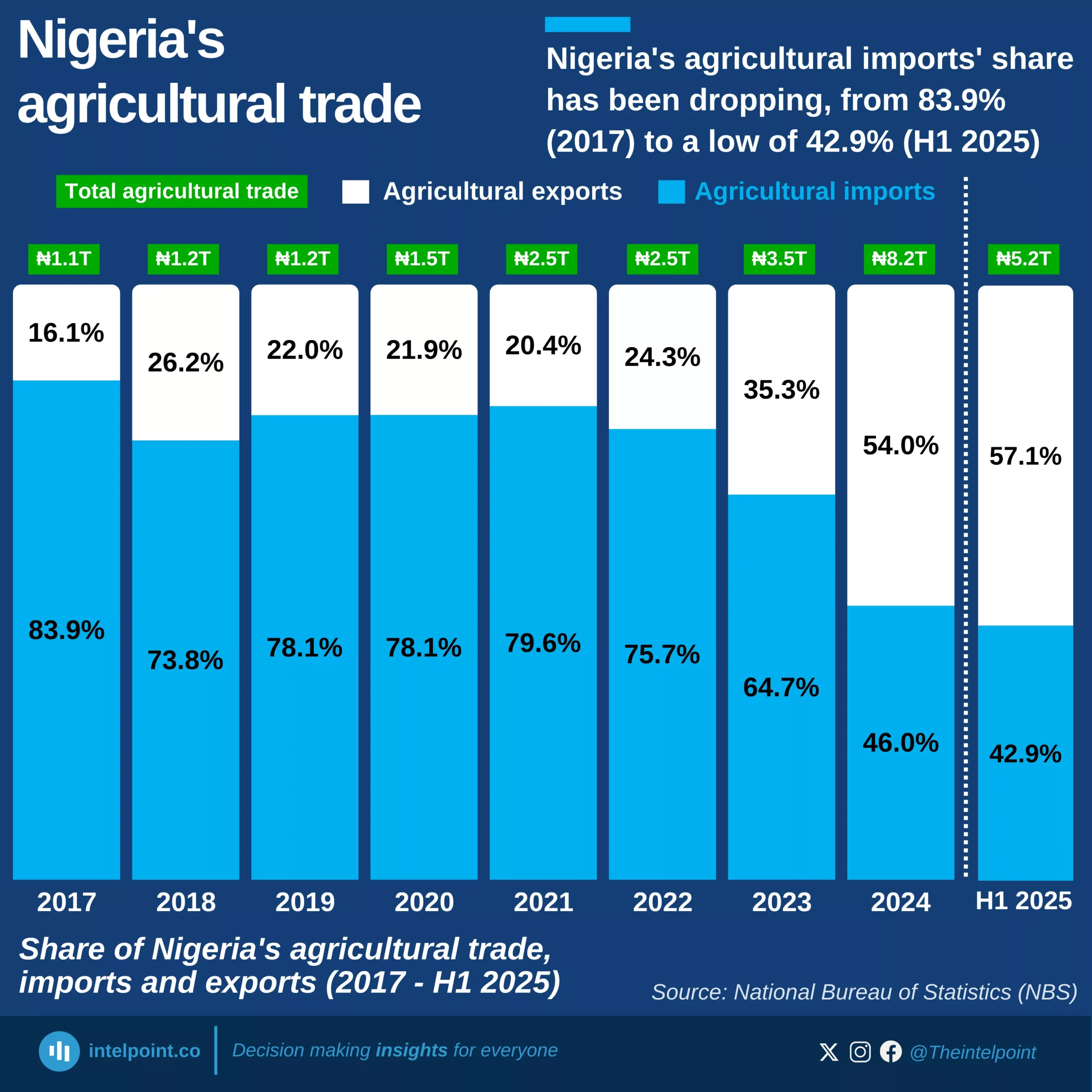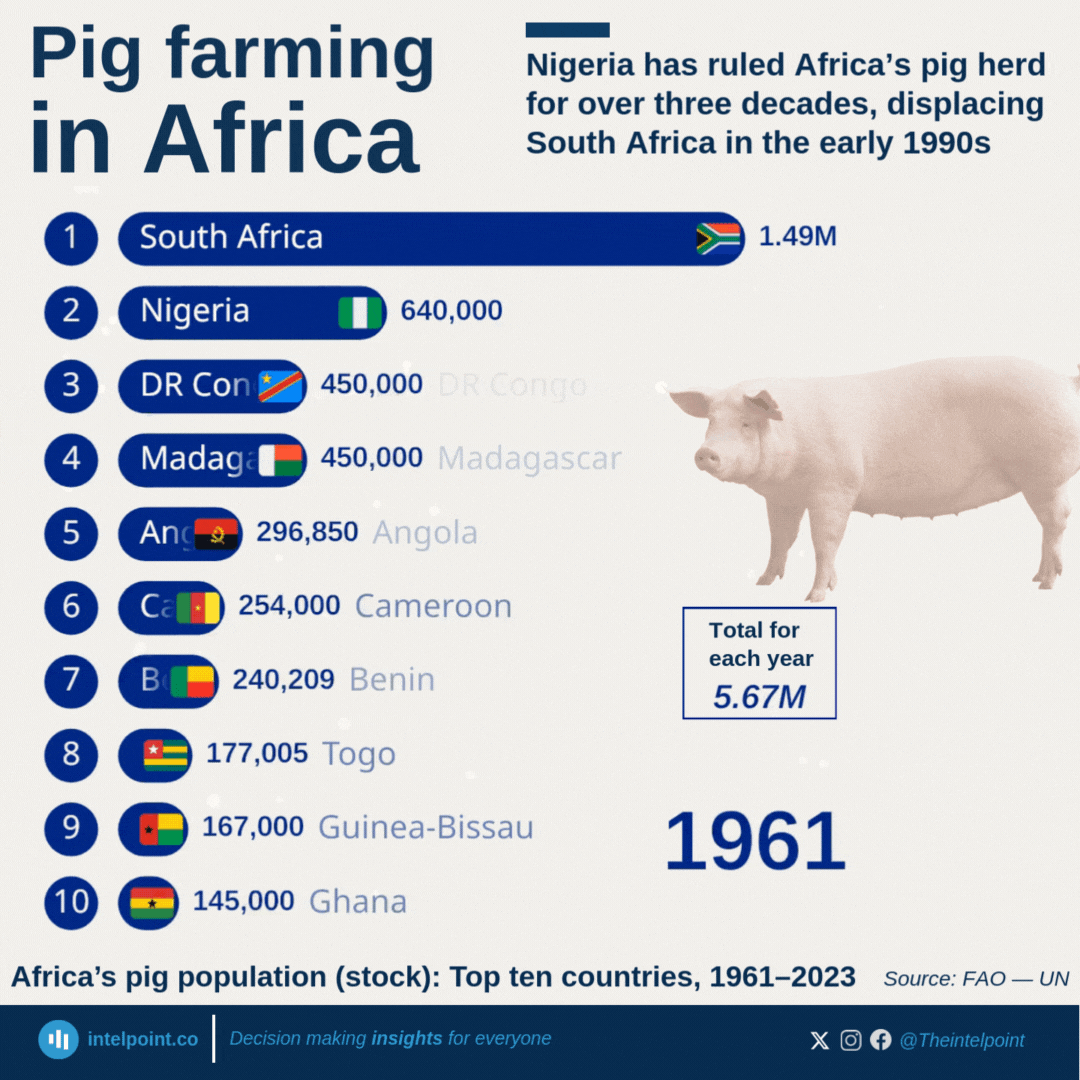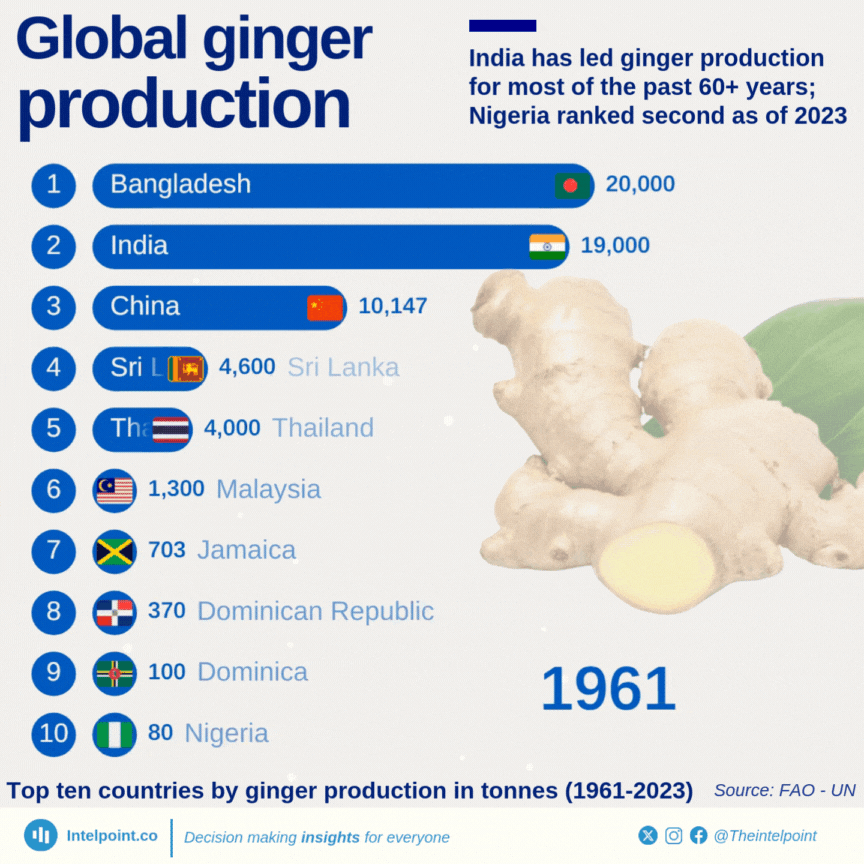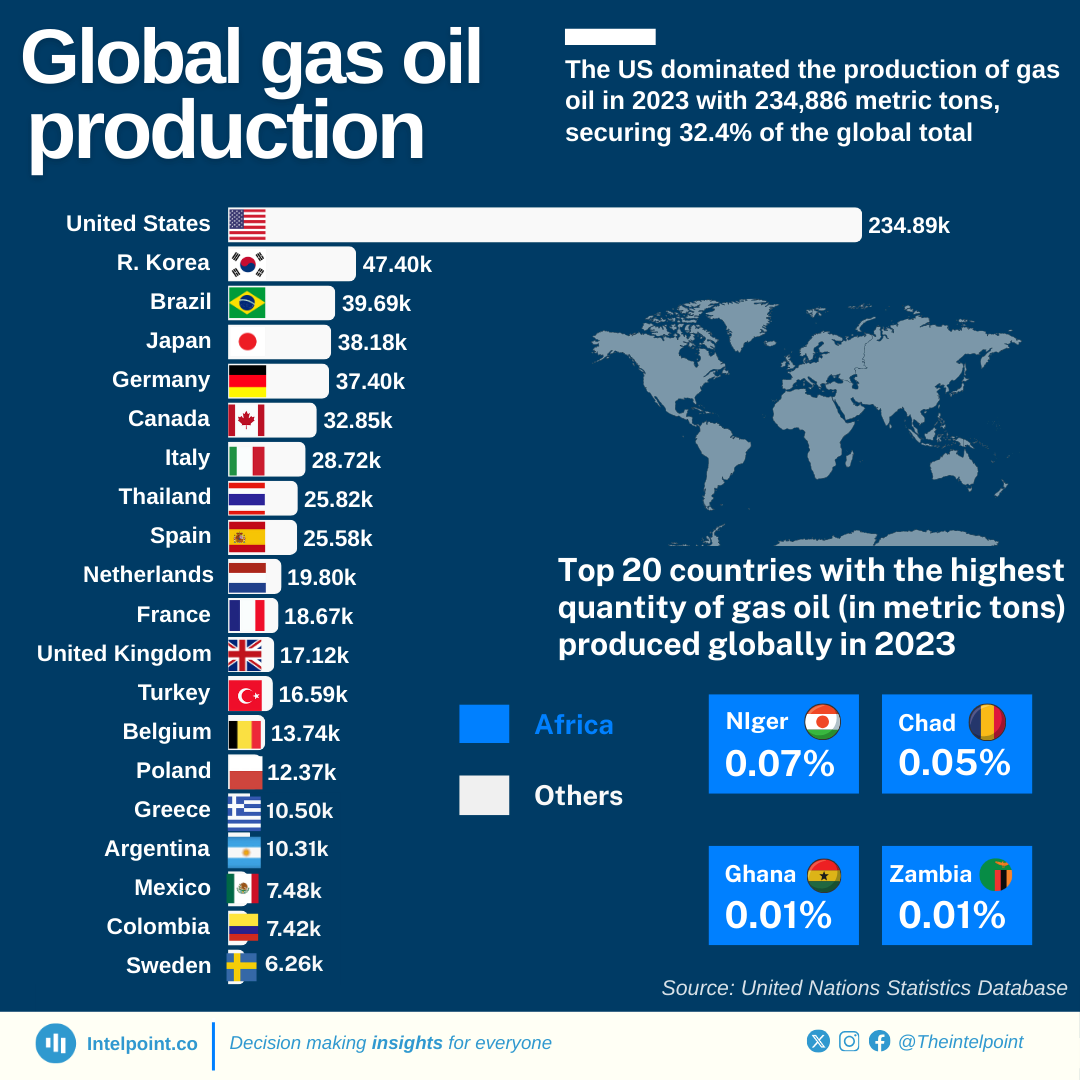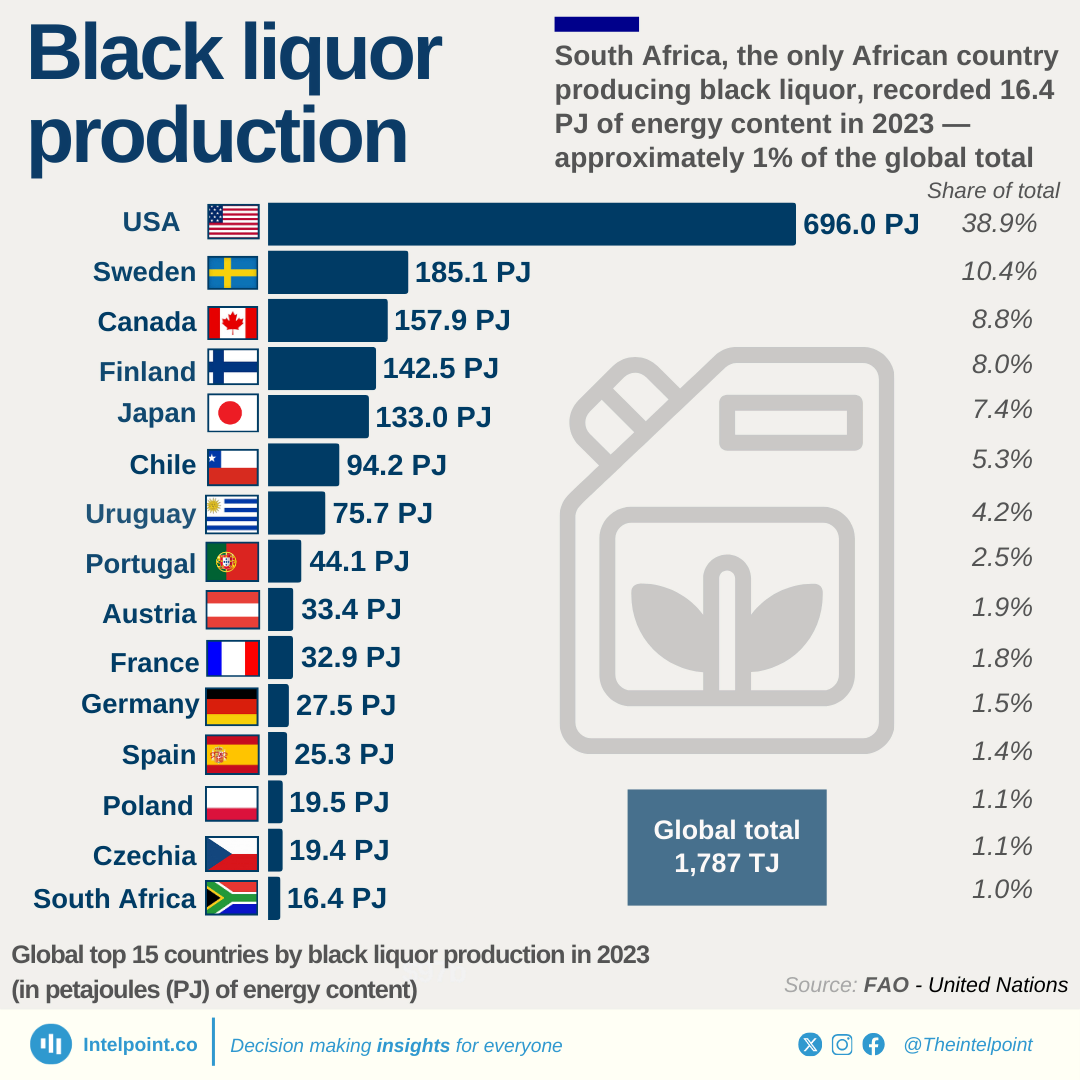Key Takeaways:
Over the past six decades, Africa has experienced a dramatic transformation in cashew nut production. From just 172,050 tonnes in 1961, total output rose to over 2.25 million tonnes by 2023, an increase of more than 1,200%.
In the early years, Eastern Africa dominated cashew nut production. However, production in the region began to decline significantly in the late 1970s, falling to just 80,170 tonnes by 1983.
The 1990s marked a turning point. Western Africa experienced rapid growth and, for the first time, surpassed Eastern Africa in 1990 with a production volume of 74,158 tonnes. Factors that might have contributed to Western Africa’s rise include increased investment in cashew farming as well as favourable government policies that supported industry expansion.
Meanwhile, Middle Africa has remained a minor contributor, producing a steady but low quantity of cashews, around 2,156 tonnes annually. Factors such as poor nut quality, pest infestations, and an unsuitable climate are likely attributed to limited production in the region.
